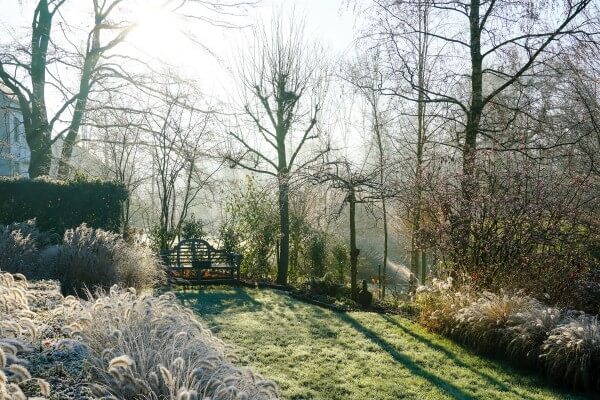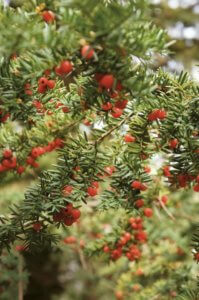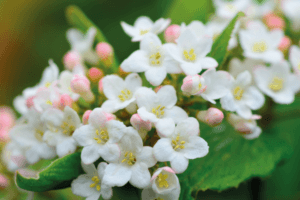Get Some Backbone

Winter gardens don’t need to be dull. Now’s the time to give your garden some structure that will reward you with a great view all year round
So many of us are guilty of getting busy with our gardens during spring and summer – and then when it comes to winter, we find they are dull and uninspiring.
It doesn’t have to be that way – the secret to a good-looking winter garden is structure! Just like us, a garden needs a decent backbone to hold it up throughout the year. Think of it as the backdrop to the rest of your spring and summer plants who are the ‘performers’.
If you place these structural, year-round stalwarts around your garden, you will have interest even in the depths of winter.
There’s a number of ways to create structure – you can use hedges, trees, shrubs and evergreens, perennials and grasses, along with hard landscaping, screening and features such as garden sculptures.

Evergreens such as conifers are probably the first thing that comes to mind when forming structure, and it’s best to choose something that is slow growing. Conifers like growing in full sun and slightly acidic soil. A couple of favourites are Picea abies ‘Acrocona’ – this Norway Spruce has a lovely pyramid shape that will add great structure to your borders, and in spring has the most wonderful red-pink cones – and Taxus baccata ‘Icicle’. This yew has yellowy green leaves that make it stand out from the crowd. In winter they transform to a creamy white that gives the illusion that it has been touched by frost. This tall, columnar yew will look very festive with some simple lights. If you have small children, please note that yew trees and their berries are poisonous.
Some trees and shrubs offer structure and the added bonus of interesting bark. Dogwood stems (Cornus) come in shades of red, green, orange, and white, so take your pick! Or look for a tree with interesting bark – the peeling bark of Acer griseum looks like peeling paper, which is no doubt why its common name is the paperbark maple.
For a more polished look, opt for the Tibetan cherry (Prunus serrula) with its rich mahogany coloured bark, or the Himalayan birch (Betula utilis jacquemontii ‘Moonbeam’) and its pure white trunks. Place an uplighter at the base of the latter for a stunning nighttime show. Gardeners at RHS Rosemoor have revealed that they give the trunks a wash using a sponge and soapy water around November to keep them looking good!
The twisted hazel (Corylus avellana ‘Contorta’) looks like something out of a fairytale, which a brave prince might have to chop through to find a princess or battle a dragon! Its branches twist, twirl and dive, to create a structure that looks truly magical when the frost touches it. There’s also a red-leaved version called ‘Red Majestic’, which boasts red catkins and nuts.
Something that looks so exotic that you wouldn’t think it could even survive an English winter is the phormium. These eye-catching plants have clumps of sword-like leaves, and thrive in sunny areas in borders, containers or gravel gardens, but they make quite a statement during the winter, especially if you choose a variety such as ‘Tricolor’ with its red-edged leaves. Protect roots from the wet and cold with a mulch, and consider protecting the leaves if a hard frost is forecast. If you grow your plants in large, statement containers, you can move them into a more sheltered area in the winter.

For less formal structure, look to something like bamboo or an impressive grass such as Stipa gigantea or Miscanthus sinensis, whose foliage disappears in winter but leaves its stems sporting fine tassels. Once they blow away – probably in late winter or early spring – you can cut the stems back, but you will have other interest returning to your garden by then.
Finally, remember to add some colour with winter-flowering evergreens such as Skimmia, Viburnum tinus with its delicate white flowers and winter jasmine’s dainty yellow flowers.
Raise Me Up
If you’re new to veg growing this year – and lots of us tried our hand during lockdown – and are busily planning your new-look garden, now is a good time to get some raised planters in place ready for spring growing. Martin Waldron of M J Waldron & Sons landscapers says he has had great demand for raised planters: ‘They are good for older people as you don’t have to bend down and you can have them in any shape you want – round, hexagonal, or to fit into a corner. I’ve built brick planters and for those who want something softer, your beds can be made from sleepers.’
